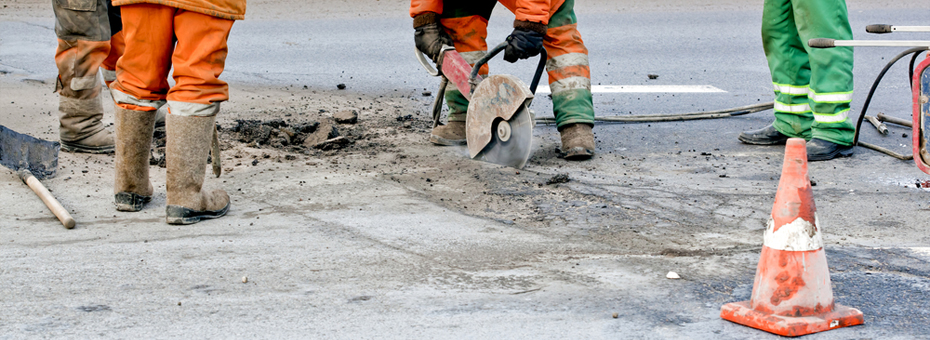LEI asked the Lean Community: What are you doing to make things better? Below is one of many great replies. Stay tuned to the Lean Post over the next few weeks and months and see more of what the lean community is doing to make things better.
There was a point when Washington State sent out $50,000 checks to 165 small cities under 5,000 population to fund street resurfacing. Small cities do not collect enough money from local sales taxes to maintain expensive infrastructure so they get state assistance. The $50,000 checks represented an undesigned process that was not performing to purpose. Streets cannot be resurfaced fully and economically for $50,000, so the money, more than $5 million per year in total, was fighting a losing proposition. All the while, street conditions were still getting worse because small quantities of asphalt had to be hauled long distances to the cities where they were needed. This led to very high unit prices, about twice the normal cost of asphalt – which only stretched the $50,000 checks thinner.
The Washington State Transportation Improvement Board (TIB) conducted a PDCA study of how best to provide street preservation support. First, we needed good data. Different mechanisms for collecting street condition data were tested using contractors, city forces or our own agency staff. We quickly ruled out contractor paving as it was too expensive because of large distances between small towns. Data collection by city forces only worked in the relatively few cases where small cities had experienced staff; therefore it could not easily be standardized. Data collected by our own agency staff turned out to be the easiest to standardize although the recurring field work over a large area (70,000 square miles) was (and still is) a big ongoing obligation.
We established a baseline condition and performance targets. Pavement condition data for all small cities is now displayed in the TIB data dashboard at www.tib.wa.gov/tibdashboard. Then we completed ten demonstration projects in different towns to test production efficiency of various delivery models. For example, two possibilities we explored were having the cities co-bid with the state Department of Transportation on massive highway projects to obtain scale economies, and having some of the cities combine their resources and bid together on getting the funds they needed.
Subsequently, the TIB established a standing agreement with our partners at the state Department of Transportation to task order their much larger resurfacing projects to include small city streets at 40 percent savings. County chip seal programs were also tapped. Skilled county crews would routinely pull up seal equipment at one end of town and drop it again at the other because state laws prohibit county road expenditures inside cities. The TIB now pays counties to complete preventative street maintenance at a savings of about 60 percent. The $50,000 checks process was replaced by a pavement-management approach that resulted in funding the right street, with the right treatment, at the right time (we call this the “3 Rights”). It’s essentially the same money that used to be sent out in $50,000 checks, only distributed differently.
The overall lean reengineering of small-city street maintenance in Washington produced an exceptional outcome. Pavement condition turned the curve after decades of decline and started to improve. Average condition now exceeds performance targets and projects are produced with greater scale economies. About the same $5 million is spent each year, but on a winning proposition.





